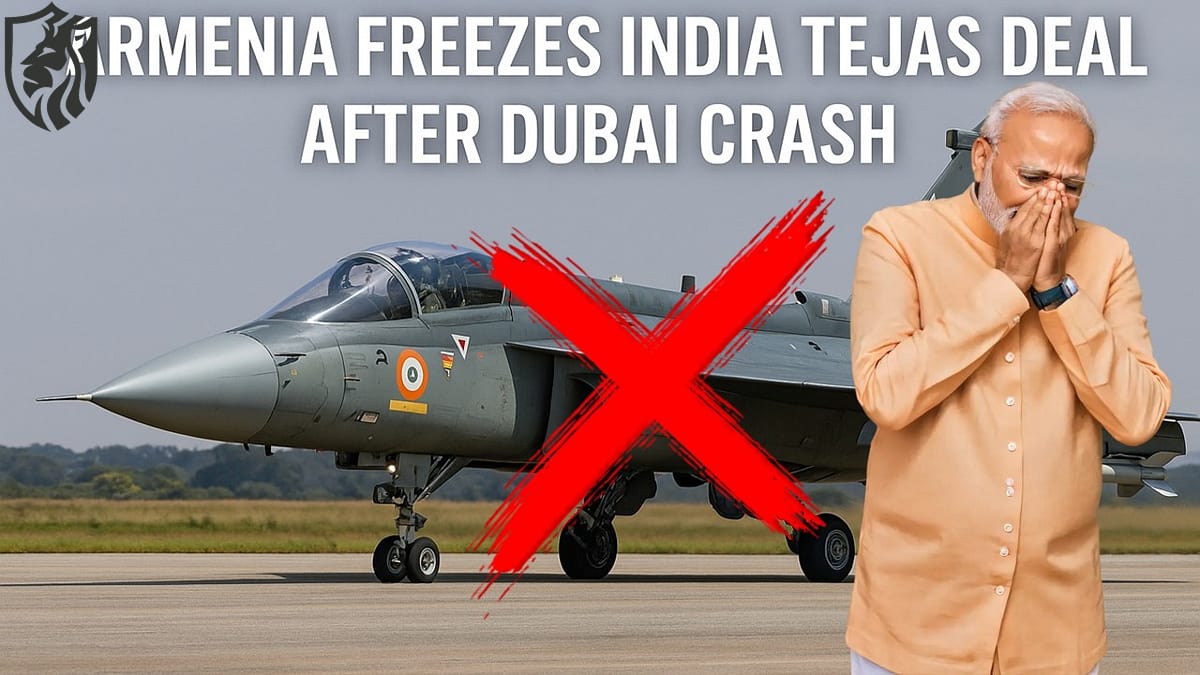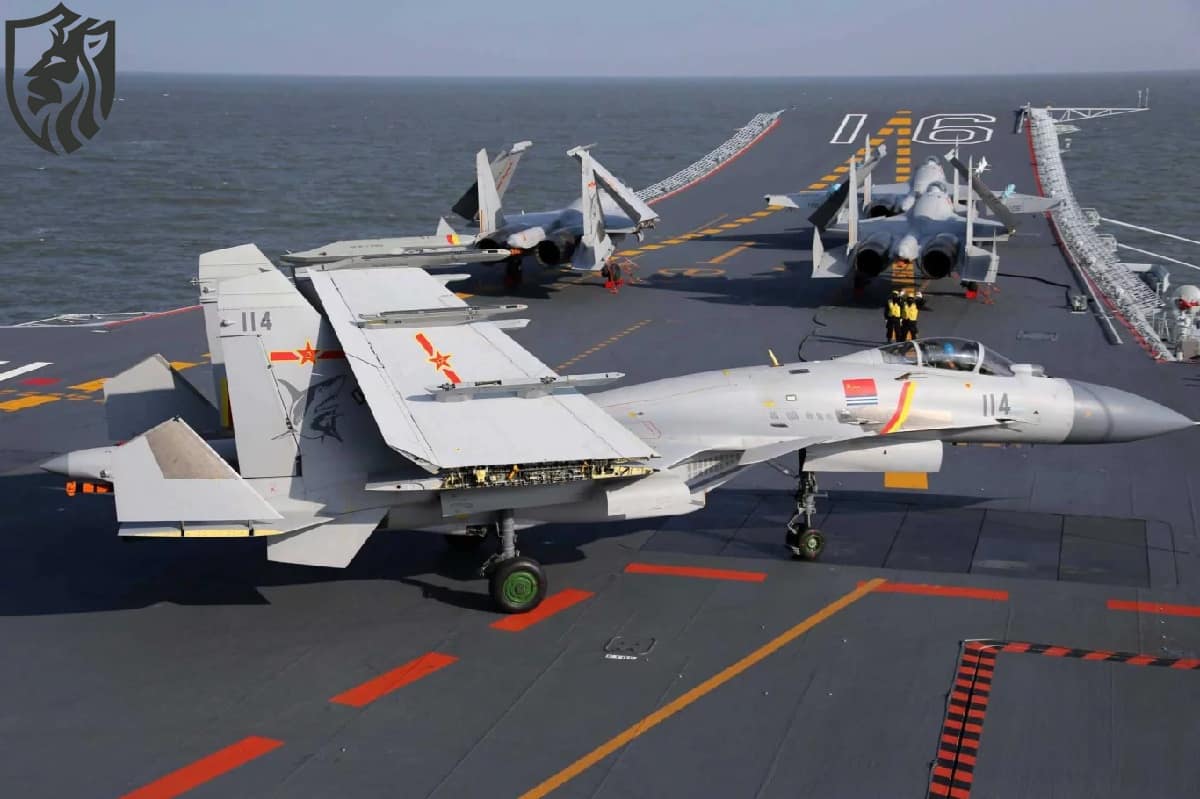
F-15 Tomcat
The Israeli Air Force launched precision strikes against an Iranian military base outside Isfahan, Iran, and destroyed two F-14 Tomcat jets from the Iranian Air Force. The strikes, delivered with what Israeli officials called unchallenged air superiority, mark a sharp escalation of Israel’s decades-long shadow war against Iran.
The military attack, which was verified through aerial shots shared by the Israel Defense Forces, was aimed at a key airbase in central Iran, a critical area to the military power of the Islamic Republic.
Such attacks occur in the context of increasing tensions between the two nations, with both governments firing missiles and drones recently, which threatens an escalated conflict. This attack is a testament to Israel’s persistent attempt to restrict Iran’s military strength, specifically its capacity to project air power throughout the region.
Israeli Air Force
The Israeli Air Force raid on Isfahan was a well-rehearsed operation designed to disable targeted military machinery. IDF Spokesman Brigadier General Effie Defrin described the airstrikes as part of the overall strategy to reduce Iran’s offensive capability.
Precision-guided weapon systems successfully destroyed the two F-14 Tomcat planes, based in an airbase near Isfahan. However, Israeli officials refrained from commenting on the specific weapons used.
The IDF asserts that it achieved “full operational control” over Iranian airspace during the operation, signalling a fleeting breakdown in Iranian air defense capabilities and showcasing Israel’s advanced technology and intelligence capabilities. The Israeli side conducted the operation without any losses, demonstrating its planning and accuracy.


In spite of its antiquated status relative to contemporary aircraft, Iran’s aged air force still counts on the F-14 Tomcat, a United States-developed fighter plane of the 1970s.
Originally acquired by Iran’s Shah regime, the F-14 was intended to be a carrier-based interceptor with the cutting-edge AN/AWG-9 radar and the capability for carrying AIM-54 Phoenix missiles with a flight range easily in excess of 100 miles.
Iran’s inventory, reported to consist of fewer than 40 serviceable airframes, has endured numerous decades of sanctions and innovative patches, with Iranian engineers creating indigenous upgrades to maintain these planes in flight.
The loss of two F-14s
The variable-geometry wing and twin-engine configuration of the aircraft allow it to attack at long ranges, and it is a threat to Israeli air operations regardless of its age.
The loss of two F-14s, symbolically at least, represents just a fraction of the Iranian air force but sends a clear message regarding Israel’s ability to attack deep in Iran.
The targets include Isfahan, which is an important centre for Iran’s military and industrial facilities. It is located in the heart of Iran and houses many important installations, such as airports and research centres associated with the country’s defence programmes.
The targeted airbase serves as a central maintenance and logistics hub for Iran’s fighter jets, including F-14s.
The Israeli bombing of this complex was intended to interfere with Iran’s ability to enable air force operations, especially in the context of the current tensions in the region.
The attack on Isfahan was an indication of its strategic importance since the city is far from Iranian borders, necessitating that Israeli forces enter enemy airspace well within.
The success of the operation relies on Israel’s advanced military technology as well as on its intelligence-gathering expertise. It is most likely that the Israeli Air Force employed its fleet of F-35I Adir stealth fighters, which are radar-absorbing and can operate within enemy territory.
Lockheed Martin F-35 Lightning II
The F-35I is a version of the Lockheed Martin F-35 Lightning II and features advanced sensor suites, including the AN/APG-81 active electronically scanned array radar, which provides capabilities for detecting and tracking targets.
The F-35I’s stealth feature, which comes from its special design and materials that absorb radar, helps it avoid advanced air defence systems like Iran’s Russian-made S-300 systems.
In addition, the ability of the F-35I to carry precision-guided munitions, such as the GBU-39 Small Diameter Bomb, would have enabled the Israeli Air Force to strike the F-14s with minimal collateral damage, thus highlighting the precision of the operation.
Aside from piloted craft, Israel most likely employed unmanned aerial vehicles for surveillance and potentially for strikes themselves. The IDF has an extensive drone program, with vehicles like the IAI Heron TP and the Elbit Hermes 900 having the ability to conduct long-range reconnaissance and precision attacks.
Fitted with electro-optic sensors and synthetic aperture radar, the platforms could provide real-time intelligence to support the operation’s guidance. The Israel Defense Forces released aerial imagery confirming the destruction of Iran’s F-14 fighter. These images verified the strike’s success and served to deter adversaries. Modern militaries use such imagery to confirm mission effectiveness.
The operation also highlighted Israel’s expertise in electronic warfare. Electronic countermeasures likely jammed or misled Iranian radar systems. These actions created an opening for the attacking aircraft.
Israel’s F-15s and F-16s
Israel’s F-15s and F-16s carry EL/L-8251 electronic warfare pods. These pods can disrupt enemy radar and communications. They can render air defences ineffective in combat.
The Gulfstream G550 CAEW provided airborne early warning and control. It gave real-time situational awareness and guided Israeli aircraft through hostile skies. Combining stealth, precision munitions, and electronic warfare allowed Israel to strike without facing Iran’s air defences directly.
Iran’s air defense network mixes old Soviet and newer Russian systems. It has long been considered a weak point. Iran acquired the S-300PMU-2 in 2016.
This system can hit targets up to 120 miles away. However, outdated radar technology and poor integration limit its performance. The Centre for Strategic and International Studies notes poor coordination and coverage, especially in central Iran.
Israel likely exploited these weaknesses through jamming or low-altitude flight. The F-14’s loss is strategically and tactically significant. Despite its age, the F-14 can still threaten Israeli aircraft over Syria or the Gulf. Its radar and missiles remain dangerous despite years of neglect. By targeting the F-14, Israel reduced Iran’s ability to project air superiority. This factor is especially relevant in supporting allies like Hezbollah.
The attack warned Iran of vulnerabilities in even its most fortified bases. The Isfahan strike fits into Israel’s broader strategy against Iranian ambitions. Israel has repeatedly targeted Iranian-linked sites in Syria over the past decade.
Isfahan mission
These strikes often occur at night to avoid open conflict. The Isfahan mission marked a rare incursion deep into Iranian airspace. Israel demonstrated its readiness to intensify operations in response to perceived threats. Iran has recently attacked Haifa and Tel Aviv with missiles and drones. This coincided with the Isfahan operation. Israel and Iran have waged a shadow war for decades.
Israel targets Iran’s nuclear facilities and proxy forces. Iran uses groups like Hezbollah and Hamas to pressure Israel. Israeli forces launched the recent Isfahan attack as part of a broader campaign targeting Iranian nuclear sites and missile infrastructure.
This campaign aims to weaken Iran’s strategic capabilities through targeted strikes on key military facilities. The Israeli Defence Forces claimed they disabled one-third of Iran’s surface-to-surface missile launchers, though this remains unverified.
Nonetheless, the statement underscores Israel’s bold intent to significantly reduce Iran’s offensive reach. Iran responded swiftly to the Isfahan strike by activating air defense systems in multiple cities, including Isfahan. However, Iranian forces did not succeed in downing any Israeli aircraft during the operation.
Iranian media outlets, including PressTV, reported that Israeli F-35s were shot down over Tabriz during the raid. Fact-checking site Snopes later refuted these claims, confirming the circulated video was older and unrelated to the current conflict.
Iran’s retaliatory strikes
Iran’s retaliatory strikes against Israel have strained the country’s military resources, killing at least 14 and injuring several others, as it attempts to resupply its weapons amid international sanctions.

Successful implementation of the operation also creates doubts about Iran’s ability to upgrade its air force and air defense capabilities. Long-term sanctions have left Iran vulnerable to outdated Western aircraft, such as the F-14, and restricted imports from Russia and China. Geopolitical reasons have delayed the delivery of the Su-35, a fourth-generation Russian fighter jet.
In contrast, Israel’s air force is also in the process of modernising, with future additions of more F-35 and F-15EX fighters bolstering its qualitative advantage. The Isfahan attack demonstrated the disparity in capabilities, with Israel’s advanced technology proving too much for Iran’s defences.
The alleged air strikes highlight the growing importance of precision warfare in modern conflict. Using stealth aircraft, drones, and electronic warfare mirrors tactics seen in other conflicts, including Ukraine.
Reshaped modern Battlefields
In Ukraine, precision strikes have reshaped modern battlefields. Israel’s deep penetration strikes with minimal collateral damage reflect a global move toward precision warfare. Advanced sensors and guided weapons technology drive this trend.
The United States, a close Israeli ally, uses similar methods in its campaigns. Against ISIS, the U.S. deployed F-22 Raptors for precision strikes on high-value targets. Geopolitically, the Isfahan strike heightens an already tense regional situation. The United States defended Israel by deploying naval forces to intercept Iranian missiles.
Washington has also urged restraint to prevent wider escalation. Russia and China, key Iranian supporters, condemned the strikes. Moscow labelled them a violation of international law. The operation’s timing complicates matters for the new U.S. administration. It comes as Washington is still shaping its Middle East policy. Despite its tactical success, Israel’s move risks a larger Iranian reaction. Such retaliation could come through proxies in Lebanon or Yemen.
Syrian Connection
The background to Israel’s actions in Iran comes into focus. Israel initiated a series of assaults on Iranian targets in Syria in 2018, including weapons warehouses and airfields. Israel’s involvement in the 2020 killing of Iranian nuclear scientist Mohsen Fakhrizadeh illustrated the country’s ability to strike high-value targets with high accuracy.
The Isfahan operation is a classic example, as it is Israel’s preemptive mode to deprive Iran of capabilities that can undermine its national security. Israel’s destruction of the F-14s doesn’t drastically shift the balance, but it clearly shows its commitment to maintaining regional air superiority.
We cannot predict the operation’s long-term outcome. Economic sanctions and restricted availability of advanced technology counter Iran’s effort to recover its losses. Iran has invested heavily in ballistic missiles and drones, which offer a less expensive option than crewed aircraft, but these platforms are less capable than crewed fighter aircraft such as the F-14.
Despite this, Israel maintains an advantage due to its technological strength and intelligence-sharing agreements with the United States.
Conclusion
The Isfahan attack will likely push Iran to speed up its defence modernisation efforts, though economic troubles may slow progress. Strategically, Israel launched the Isfahan strike to assert its superiority and test Iran’s resolve. The success of the operation is a testament to Israel’s ability to infiltrate Iranian airspace and make incursions at will and possibly deter future aggression.
It risks worsening the conflict, but most particularly if Iran decides to retaliate asymmetrically with counterattacks through regional proxies. The question is whether Israel’s aggressive posture will persuade Iran to change its strategy for war or push it into more conflict, possibly with regional and global actors.
References
- Israel Defense Forces (IDF)—idf.il
- CSIS – Iran Air Defense – csis.org
- PressTV – Iran State Media – presstv.ir
- Snopes – F-35 Shootdown Fact Check – snopes.com
- Al Jazeera – Israel-Iran Coverage – aljazeera.com
- Haaretz – Military Strategy – haaretz.com
- Jerusalem Post – Iran Strike Updates – jpost.com
- Jane’s – F-14 Capabilities – janes.com
- Lockheed Martin – F-35I Adir – lockheedmartin.com/F-35
- Defense News Today – Analysis – defensenewstoday.info








